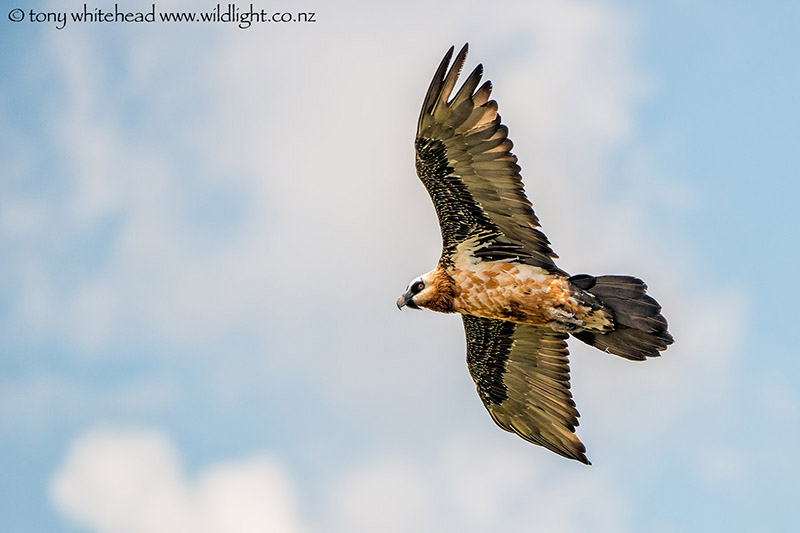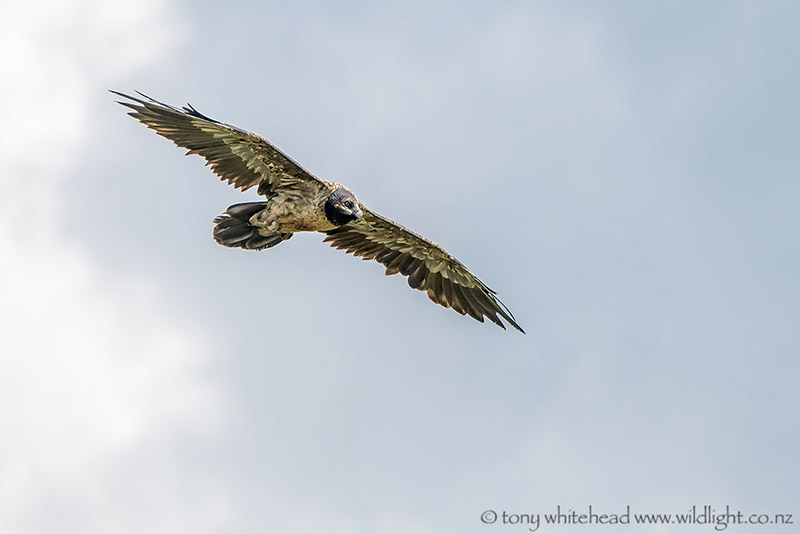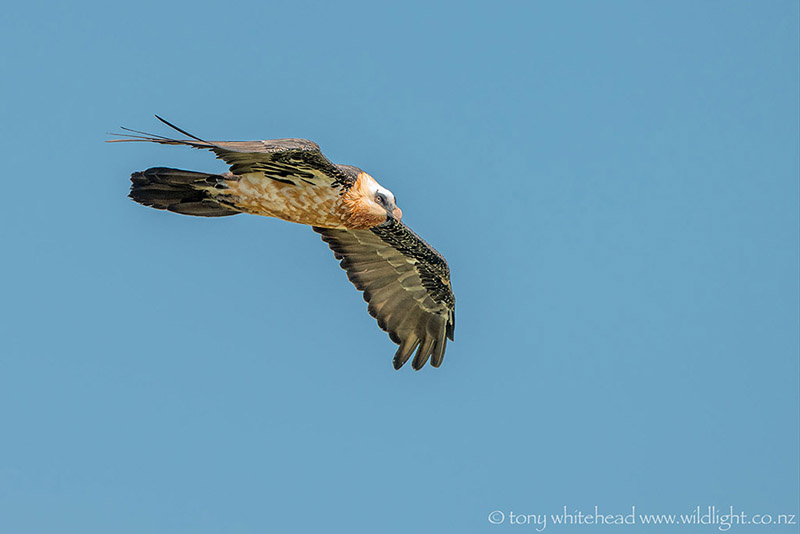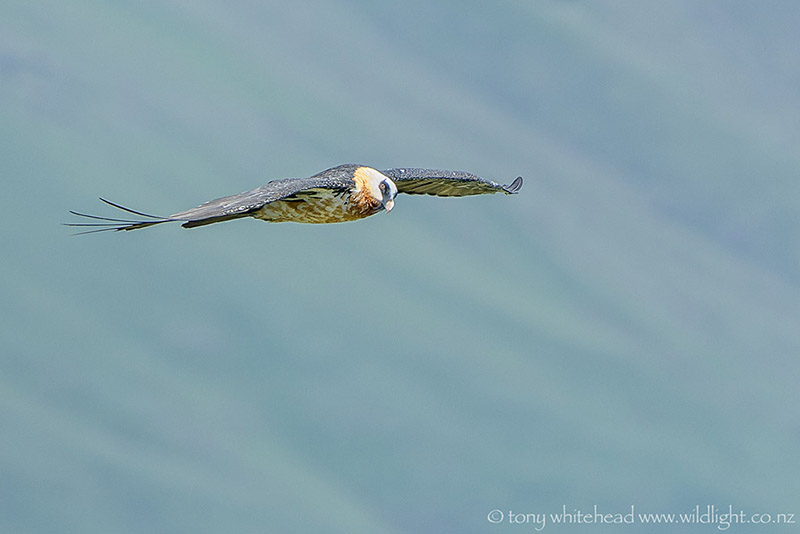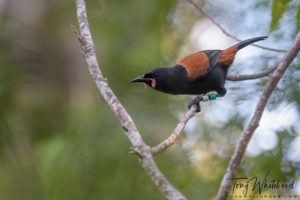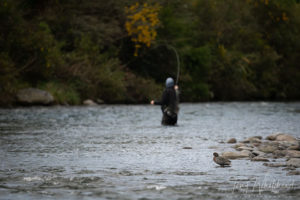Giants Castle’s Vulture Hide is an ideal venue for seeing and photographing Bearded Vultures. Their other name, Lammergeier (Lamb vulture), came from a misconception that they preyed heavily on lambs and were thus persecuted by livestock farmers. Their predominant diet is bones which they break and digest to extract the nutrients from the fat-rich marrow. This bone feeding specialisation(Osteophagy) is quite different from most vultures that subsist on carrion, but the Bearded Vulture is quite adaptable and in other areas, such as Ethiopia, they have adopted human refuse as a mainstay of their diet. They are quite widely distributed through highlands in northern and central Africa, Europe across the Caucasus to the Himalaya. The Southern African population occupying Lesotho and the Drakensberg is quite isolated from other populations and subsist on a traditional diet of bones which is supplemented by the provision of bones at the Vulture hide and other vulture restaurants. Smaller bones are swallowed whole and digested by extremely acid (pH1) stomach secretions while larger bones are dropped from a height onto a rock to break them into smaller pieces. The vulture will return to the same large flat rock known as an ossuary repeatedly and it could be considered an example of tool use by a bird.
While not threatened globally the Lesotho/Drakensberg population is considered as threatened and has reduced in size. Locally, breeding occurs in winter so our summer timing was not good for landings as the vulture’s food requirements were not as high as when feeding young. So, while we missed out on landing images, we had a few flybys by adults and juveniles and managed some decent flight shots. The juveniles have darker plumage which they lose by successive moults over six years before achieving the adult pale head, breast, underparts and leggings plumage which is stained an orange colour from iron oxide in the earth and rocks they roost on. The adult’s black face mask and beard are quite distinctive. They are quite distinct from other vultures with their feathered heads and necks and have a quite different shape with a longer tail which makes them easy to identify in flight.
I have plenty more Giants Castle/KZN images to share but I think we will head to the Cape next week.
